Life
Sign up for our newsletter
We summarize the week's scientific breakthroughs every Thursday.
-
 Climate
ClimateOcean bacteria may have shut off ancient global warming
Ocean-dwelling bacteria may have helped end global warming 56 million years ago by gobbling up carbon from the CO2-laden atmosphere.
-
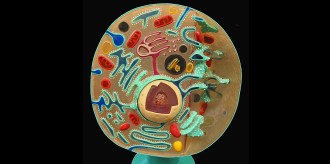 Life
LifeHow cells keep from popping
The protein SWELL1 stops cells from swelling so much that they burst, a new study shows.
-
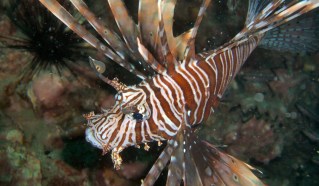 Animals
AnimalsLionfish grow wary after culling
Efforts to control invasive lionfish could make them more difficult to catch.
-
 Genetics
GeneticsFive mutations could make bird flu spread easily
Handful of alterations can turn H5N1 bird flu into virus that infects ferrets through the air.
-
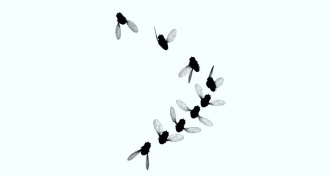 Life
LifeIn a crisis, fruit flies do stunt turns
An elaborate monitoring system reveals that fruit flies can execute sophisticated flying maneuvers in the face of danger.
By Susan Milius -
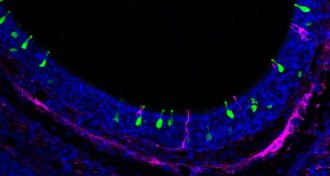 Neuroscience
NeuroscienceSmell wiring gets set early
Mess with a baby mouse’s olfaction for too long and neurons never recover.
-
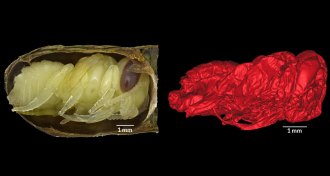 Paleontology
PaleontologyLa Brea Tar Pits yield exquisite Ice Age bees
Ancient bee pupae snug in leafy nest give clues to Pleistocene climate.
By Susan Milius -
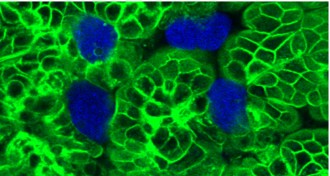 Life
LifeAmoebas’ munching may cause diarrheal disease
Amoebas biting and swallowing pieces of human cells may be what causes amebic dysentery, a potentially fatal diarrheal disease in the developing world.
-
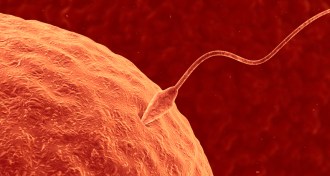 Life
LifeMales compete all the way to sperm shape
An association between the ratio of certain proteins in mouse sperm and sexual competition raises many questions about what exactly gives a sperm a good head.
-
 Animals
AnimalsSmall sperm whale species share a diet
Dwarf and pygmy species of sperm whales overlap in what they eat, and that could be a problem as the food web changes around them.
-
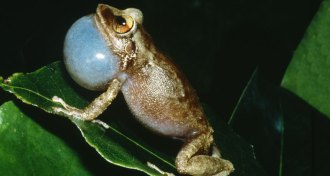 Animals
AnimalsCoquí frogs got smaller, squeakier as climate warmed
As temperatures climbed in Puerto Rico, the calls of male coquí frogs became higher pitched.
By Susan Milius -
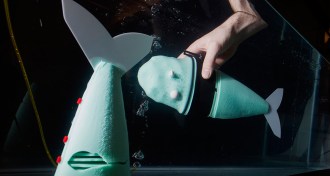 Tech
TechSoft robots go swimming
A new robotic fish can wiggle and writhe like the real thing.
By Meghan Rosen